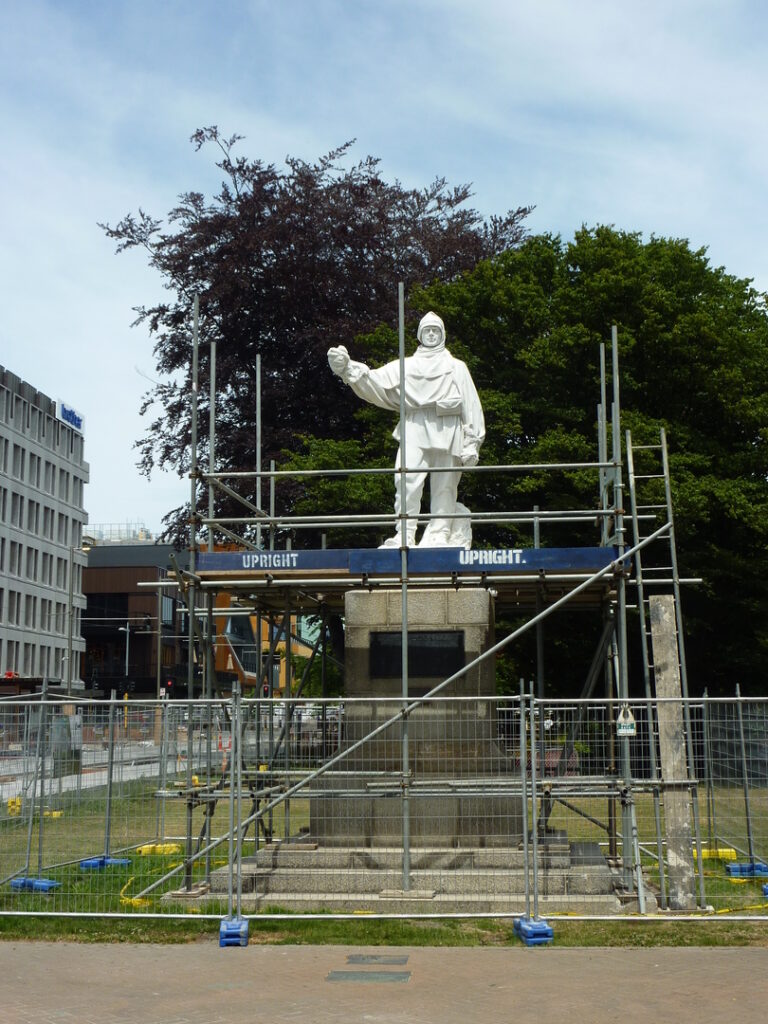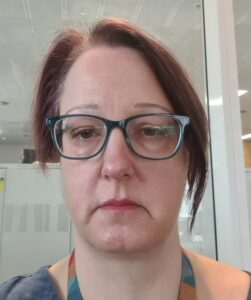Katherine Moody graduated from University College London with an MA in Museum Studies and worked for the Department of Research and Information Services at the RAF Museum, and the respective Department of Printed Books at the National Army Museum and Imperial War Museum. After working briefly at the Macmillan Brown Library and Canterbury Museum, where she worked closely with the Antarctic Heritage Trust, she now works at Christchurch City Libraries as a Family History Librarian. Her writing can be found here.
Christchurch, on the east coast of New Zealand, is one of five Gateway Cities to Antarctica. Nowadays, aeroplanes fly from the city to New Zealand’s Scott Base near the Ross Sea, taking scientists and conservators to work there. But more than 100 years ago legendary Heroic Era Antarctic Explorers Robert Falcon Scott and Ernest Shackleton made the city their jumping off point for their expeditions south.
These expeditions sailed into the port of Lyttelton from the UK in 1901 (The British National Antarctic or Discovery Expedition), 1908 (The British Antarctic or Nimrod Expedition) and in 1910 (another British Antarctic Expedition, or Terra Nova Expedition). Also, following the dramatics of the Imperial Trans-Antarctic Expedition, Shackleton found himself in New Zealand again and visited Christchurch to give a lecture, and plant a tree.
The explorers were hosted by the local community, with various activities laid on for them. The Evening Star, 29 November 1901 reports:
The people of Christchurch seem to have welcomed these visits, and gave Scott some gifts – as shown in these thank you letters to the town clerk: some sheep in 1901 (presumably to be butchered and eaten in Antarctica?), and, rather unluckily, a horseshoe in 1910.
But how come Christchurch was chosen by Scott and the Shackleton? Well, it’s all in the family. Robert Falcon Scott’s cousin, Robert Julian Scott who had moved to work at Canterbury College, the local university in the 1880s, was married to Gertrude Elizabeth Bowen. She was the daughter of politician and early Christchurch settler Charles Christopher Bowen and Georgina Eliza Markham. Georgina’s brother was Clements Markham, president of the Royal Geographical Society, and a champion of polar exploration. So Christchurch made sense as a base. Both of Scott’s expeditions were hosted at the Bowen house, Middleton Grange.
These expeditions left their mark on Christchurch, and the relationship is celebrated at the International Antarctic Centre and by other local organisations. Possibly the most visible and poignant reminder is the memorial to Scott sculpted by his wife Kathleen in the middle of the city.

https://canterburystories.nz/collections/community/karen-gorsuch/ccl-cs-45556?keys=robert%20falcon%20scott&items_per_page=24
Find out more about Christchurch and Antarctica











